Deciding on your roof can be daunting. Homeowners often face a choice between two main options: roof restoration vs. replacement. Knowing the differences between these two options is key.
Look at their costs and benefits. This will help you make a smart choice that fits your home and budget. Roof restoration is often cheaper if your roof isn’t too old.
However, if the roof is badly damaged, a replacement might be needed.
Understanding Roof Restoration
A method meant to increase the lifetime of your current roof is roof restoration. This involves cleaning, repairing, and applying protective coatings to rejuvenate it without the need for a full replacement. The major benefits of restoration include:
Cost-Effective
Restoration is a cost-effective solution for revitalizing worn-out surfaces. On average, the cost of restoration falls within the range of $1.50 to $3.00 per square foot, making it a budget-friendly option compared to full replacement.
Time Efficiency
One of the significant advantages of restoration is that it can be completed remarkably quickly, often in just a matter of days. This swift process avoids the extensive disruption that inevitably comes with replacing an entire roof, which can drag on for weeks or even months.
Environmental Impact
When you choose restoration over replacement, you’re making a significant eco-friendly move. By doing so, you’re reducing your contribution to the staggering amount of landfill waste that’s generated by discarded roofing materials. For instance, in the United States alone, it’s estimated that over 10 million tons of asphalt shingles end up in landfills annually.
When to Consider Roof Restoration
Roof restoration works well for minor roof issues. This includes small leaks or localized water damage.
Signs that restoration is a good option include missing shingles from bad weather or age. Also, unwanted moss or algae can grow and cause more damage if not dealt with.
If a recent storm has loosened some shingles, your roof may be exposed. Restoration can help stop further damage. If you see water leaking into your ceiling through a crack, restoration can fix it. This stops a small problem from becoming a big headache.
In cases like these, where the damage is localized, restoration can be a cost-effective investment. Before deciding, consult professionals to assess your roof’s condition. They’ll be able to identify any underlying issues and provide guidance on the best course of action.
Exploring Roof Replacement
On the other hand, roof replacement entails completely removing your old roof and installing a brand-new one. This option, though more expensive, may be necessary for severely aged or damaged roofs. Key points to consider include:
Long Lifespan
A new roof can last anywhere from 20 to 30 years, depending on the material used. For instance, a metal roof, which is a popular choice for modern homes, can withstand harsh weather conditions and last up to 30 years or more.
However, asphalt shingles, a more affordable option, may need to be replaced every 20 years. The significant difference in lifespan is due to the durability and quality of the materials, as well as the level of maintenance they require.
Increased Property Value
A new roof enhances curb appeal, which can elevate your home’s market value. A new roof can also signal to buyers that the homeowner takes pride in their property and is committed to its upkeep, giving them confidence in their purchasing decision.
As a result, your home’s market value can increase, making it more attractive to buyers and potentially leading to a faster sale at a better price.
Warranty Benefits
Investing in a new roof usually means you get a solid warranty. This gives you peace of mind and protects you from future issues. This warranty provides financial backing, guaranteeing that any manufacturing defects or installation errors will be addressed promptly and at no additional cost to you.
Signs a Roof Replacement Is Necessary
Roof replacement is a crucial investment that becomes unavoidable under certain circumstances. For instance, when significant water damage or leaks compromise the structural integrity of your roof, it’s a clear indication that it’s time for a replacement. Leaks can lead to mold growth, rotting of wooden structures, and even electrical hazards, making it essential to address the issue promptly.
Similarly, if you notice extensive shingle displacement, it may be a sign of underlying problems, such as worn-out flashing, curled or buckled shingles, or inadequate ventilation. Shingle displacement can expose your roof to the elements, making it vulnerable to further damage.
Another key indicator is the age of the roof. Most roofs have a lifespan of around 20 years, depending on the material and quality of installation. If your roof has exceeded two decades, it’s likely to be nearing the end of its lifespan. Continuing to repair an aging roof can be costlier in the long run, making replacement a more viable option.
The Costs of Roof Restoration vs. Replacement
While both options vary broadly in price depending on several factors, it’s essential to understand cost implications. Also to these average costs, remember to factor in other expenses such as labor, materials, and potential overhead. Also, think about long-term value. A new roof may cost more now, but it can save money later by preventing bigger problems.
Enhancing Longevity with Proper Maintenance
Regardless of the choice a homeowner makes, maintenance plays a vital role in the longevity of any roof type. Regular inspections, cleaning gutters, and addressing issues promptly can significantly extend the lifespan of either option. Common maintenance practices include:
- Cleaning debris from the roof and gutters
- Checking for nail pops or loose shingles
- Inspecting for moss or lichen growth
Pursuing preventative maintenance can prevent the need for early replacement and enhance the value over time. Always ensure that any work is completed by qualified professionals to guarantee quality results. If concerns persist, searching for roofers near me can provide local, reliable options to help you navigate the decision process.
Making the Right Choice
Deciding between roof restoration vs. replacement is a significant investment that requires careful consideration of your unique circumstances. Weigh the costs against the benefits and examine the condition of your roof. No matter which option you choose, investing in your roof is an investment in your home’s future.
Visit the rest of our website now for more useful advice.
If you want morе еxciting contеnt visit. Globallyviz.com

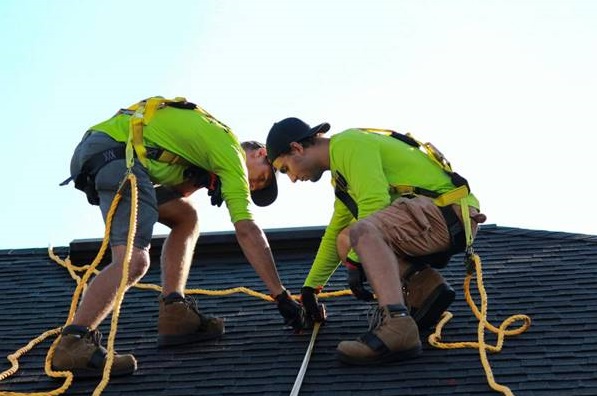
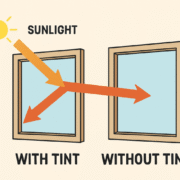
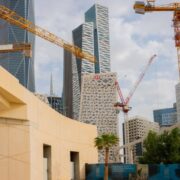
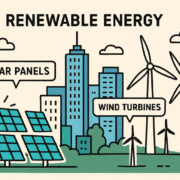
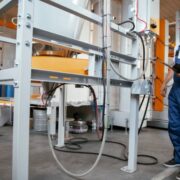

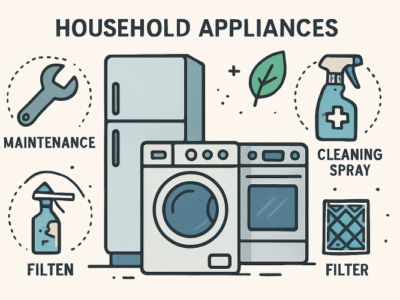






Comments